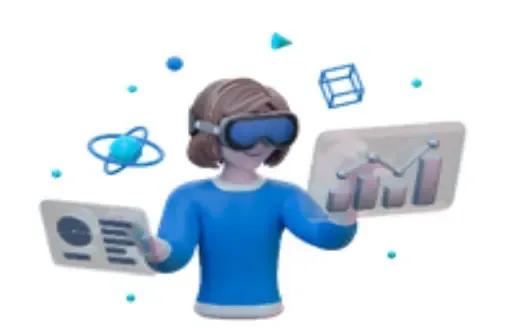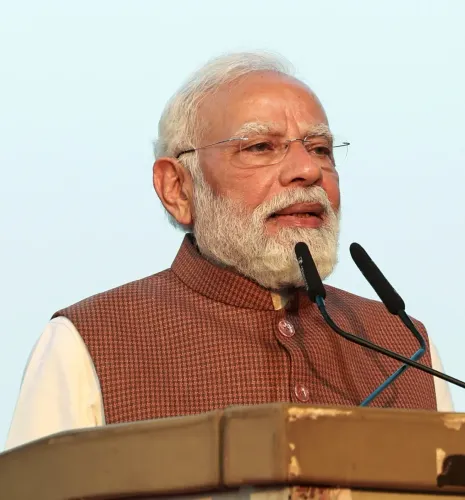Will India’s entertainment sector really grow by 7% annually to surpass Rs 3,000 billion by 2027?

Synopsis
Key Takeaways
- Projected growth of India's entertainment sector at 7% annually.
- Expected market size to exceed Rs 3,067 billion by 2027.
- Creation of 20 lakh jobs in the AVGC-XR sector.
- India's cost advantage in animation and VFX services.
- Significant contribution to GDP through creative industries.
New Delhi, Nov 18 (NationPress) The media and entertainment sector in India is anticipated to expand at a compound annual growth rate (CAGR) of around 7 percent, reaching an estimated Rs 3,067 billion by the year 2027, according to a statement released by the government on Tuesday.
The government forecasts that this ecosystem will grow to $100 billion by 2030, transitioning from a consumer-focused nation to a prominent global creator and exporter of intellectual property, as highlighted in the official statement.
The Animation, Visual Effects, Gaming, Comics, and Extended Reality (AVGC-XR) sector has been officially recognized by the government as a crucial growth engine.
As per the projections from the AVGC Promotion Task Force, around 20 lakh direct and indirect jobs are expected to be generated over the next decade, with significant contributions to India’s GDP through production, exports, and support services.
Over the past ten years, the gross value-added (GVA) share has consistently increased, with India currently providing a 40 to 60 percent cost advantage in animation and VFX services, bolstered by a large, skilled workforce.
This competitive edge has resulted in a steady influx of international projects, establishing India as a preferred hub for global post-production work, the statement noted. Presently, 25 percent of total viewership for Indian OTT content is derived from international audiences.
This trend not only underscores the commercial viability of India’s creative output but also highlights its growing influence in cultural diplomacy, as Indian narratives forge emotional and cultural connections across the globe, the statement further elaborated.
The sector is propelled by digital innovation, a demand from the youth, and an increase in creative entrepreneurship. The government intends to enhance domestic capabilities in animation, visual effects, gaming, and extended reality by investing in training, digital infrastructure, and innovation-led institutions.
In May 2025, the Indian Institute of Creative Technologies (IICT) was established as a Section 8 company, collaborating with major industry players such as Google, YouTube, Meta, Adobe, Microsoft, NVIDIA, Wacom, and JioStar to co-develop curricula, provide internships, and scholarships. Additionally, they assist creative-tech startups through incubation and mentoring.









